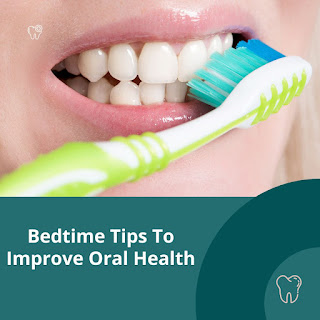Baby Milk Teeth
Baby (or primary) teeth, also known as milk teeth, play a crucial role in a child’s early development. They not only aid in eating and speaking but also hold space in the jaws for the permanent teeth that will come in later. Here’s a detailed look at baby teeth: The Brownfield dentist in Brownfield is conveniently located near to the Brownfield Sport Complex and Coleman Park is the best option available for any type of Dental Problem regarding baby teeth care .
1. Number and Types of Baby Teeth
Total: A full set includes 20 primary teeth: 10 on the top and 10 on the bottom.
Types:
Incisors (8): The four front teeth on the top and bottom, used for biting.
Canines (4): Located next to the incisors, these teeth help with tearing food.
Molars (8): At the back of the mouth, they grind food.
2. Eruption Timeline
First Tooth: Usually appears between 6–10 months of age.
Teething Period: Most children get all their baby teeth by the time they’re 2–3 years old.
Order: Typically, the lower central incisors come in first, followed by the upper central incisors, then the lateral incisors, canines, and molars.
3. Functions of Baby Teeth
Chewing and Nutrition: Allow the child to chew a variety of foods, contributing to balanced nutrition.
Speech Development: Help children learn to make sounds and articulate words clearly.
Jaw Growth and Alignment: Guide the jaw's growth and ensure proper spacing for permanent teeth.
Confidence: Healthy baby teeth help with a child's self-esteem by contributing to a complete, comfortable smile.
4. Baby Teeth Care and Maintenance
Brushing: Begin brushing with a tiny, soft-bristled toothbrush as soon as the first tooth emerges, using a grain-sized amount of fluoride toothpaste.
Flossing: Start flossing once two teeth touch.
Diet: Limit sugary foods and drinks, as these can contribute to tooth decay.
Regular Dental Visits: A dental check-up is recommended by the time the first tooth appears or by the child’s first birthday.
5. Natural Shedding
Starts Around Age 6: The first teeth to fall out are usually the lower central incisors.
Continues Until Around Age 12: By this time, all baby teeth are usually replaced by permanent teeth.
Process: Baby teeth become loose as the permanent teeth develop and push through, dissolving the roots of the primary teeth.
6. Common Issues with Baby Teeth
Teething Pain: Babies often experience discomfort, drooling, and irritability when teething.
Cavities: Decay in baby teeth can occur due to frequent exposure to sugary foods and poor oral hygiene.
Early Tooth Loss: This can lead to misalignment or crowding issues with permanent teeth if space maintainers aren’t used.
Baby teeth require the same level of care as adult teeth because they set the foundation for lifelong oral health.
Call us at (806) 636-5555 ,Mail us at : brownfielddental@gmail.com
or visit https://brownfielddentaltx.com/home to schedule your appointment.
Find us at:
101 Seagraves Rd,
Brownfield,
TX 79316.


.jpg)
Comments
Post a Comment